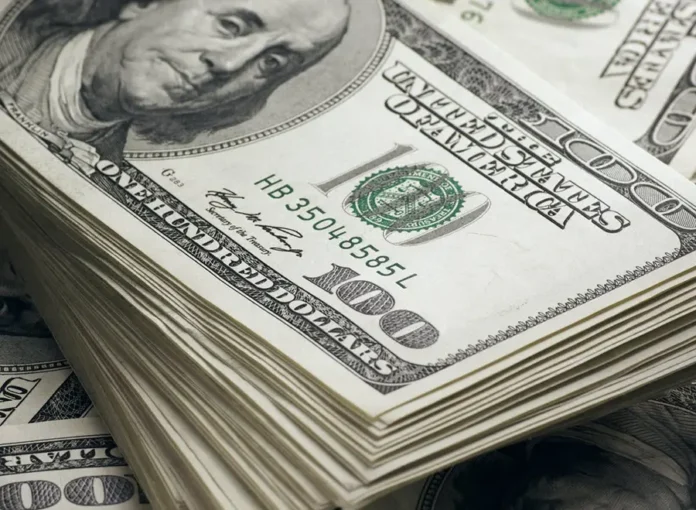The US dollar strengthened against both the Euro and Japanese Yen on Wednesday as traders considered the potential impact of upcoming tariffs planned by President Donald Trump, expected to be announced next week.
Traders remain cautious about whether the tariffs will be less severe than previously feared, which has led to a fluctuating dollar. There is concern among market participants that heavy tariffs could potentially slow economic growth and reignite inflation.
Steve Englander, head of global G10 FX Research and North America macro strategy at Standard Chartered Bank’s New York Branch, explained, “Everybody is trying to figure out what is going to be done on tariffs. They want to avoid market pressure before there’s an announcement. But I think there’s also some risk that, when push comes to shove, the announced tariffs will be more hawkish than the market’s pricing.”
On Monday, Trump indicated forthcoming automobile tariffs while suggesting that some threatened levies scheduled for April 2 might not apply to all countries equally, implying potential exceptions.
The dollar was further supported by unexpectedly positive durable goods orders data released on Wednesday.
In contrast, the British pound fell to its lowest point in two weeks following cooler-than-expected inflation figures after UK Finance Minister Rachel Reeves presented her latest fiscal statement.
Meanwhile, the Euro continues to struggle, heading towards its sixth consecutive day of losses against the US dollar, dipping to $1.0766—the lowest level since March 6.
Efforts by the European Union’s trade commissioner, Maros Sefcovic, to prevent severe US tariffs through discussions with Trump’s trade officials on Tuesday yielded unclear outcomes.
Additionally, Bank of America reported increased selling of euros against the dollar by official sector entities such as central banks and sovereign wealth funds since the previous week.

